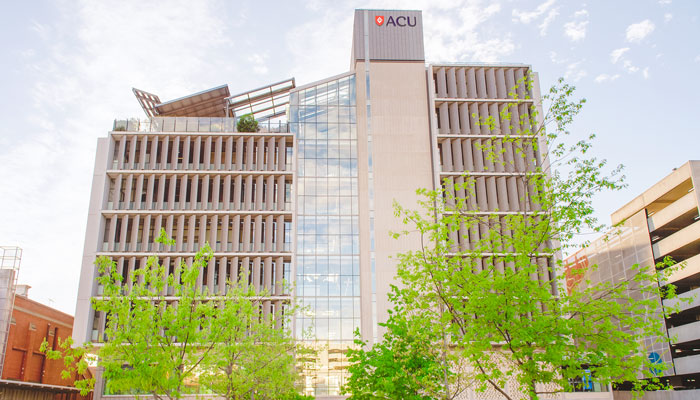Pullman, WA-The results of a study by researchers at Washington State University published in the American Society for Horticultural Science journal HortTechnology, show that summer mechanical hedging could significantly reduce pruning labor time and costs in cider apples. To date, cider apple orchard management has followed the same guidelines as dessert apples, with all pruning done by hand. This can represent about 20-25% of total labor costs. A limited pool of workers with pruning experience and rising wages pose financial barriers to cider apple orchard operators. Mechanical hedgers are a relatively low-cost technology and often only require one person to operate. However, maintaining fruit productivity and quality can vary by cultivar and should receive further study.
Mechanical hedging is a form of nonselective heading pruning. Because the eight different cultivars used in this study differ in tree canopy structure, planting density, age of growth, and topography, they each responded to it a little differently. It was difficult to have a consistent pruning routine. The time to hedge per tree depended on planting density as well as driving speed of the hedger, proficiency of the hedger driver, and age of the biomass being removed.
When compared to hand pruning, mechanical hedging was shown in this study to be a significant time saver. However, the speed of the mechanical hedging varied and there were significant differences by cultivar in the amount of biomass removed, fruit removed per tree including fruit diameter and weight in this study. Ultimately, findings from this study suggest that cultivar plays a greater role than growth habit in response to hedging, and response may differ for cultivars within a bearing habit.
Further research is needed to determine the long-term effects of hedging on biomass removal, fruit yield, and biennialism for cider apple cultivars. The possibility that heading cuts from mechanical hedging can alter the bearing habit of cider apple cultivars should be explored because this could affect decisions regarding pruning and worker training. Additionally, rough hedging cuts can pose a risk for disease and should be monitored for treatment.
for treatment.
Carol Miles is a Professor in the Department of Horticulture at Washington State University, and is the Director of the Washington State University Mount Vernon Northwestern Washington Research and Extension Center. Dr. Miles is the Horticulture Specialist and specializes in vegetable crop production as well as cider apple production, and has a strong interest in alternative crops and organic production.
The complete article is available on the ASHS HortTechnology electronic journal website: DOI: https://doi.org/10.21273/HORTTECH04990-21
Established in 1903, the American Society for Horticultural Science is recognized around the world as one of the most respected and influential professional societies for horticultural scientists. ASHS is committed to promoting and encouraging national and international interest in scientific research and education in all branches of horticulture.








